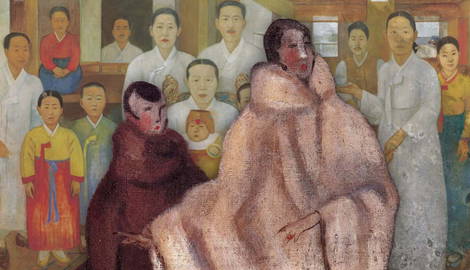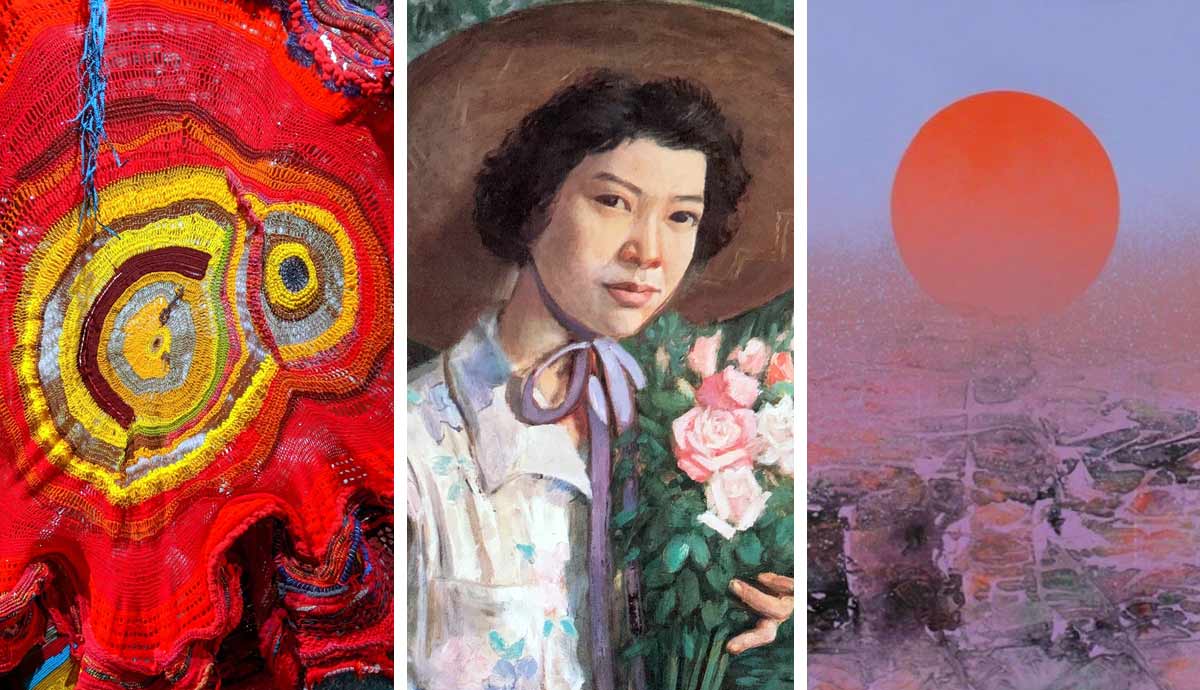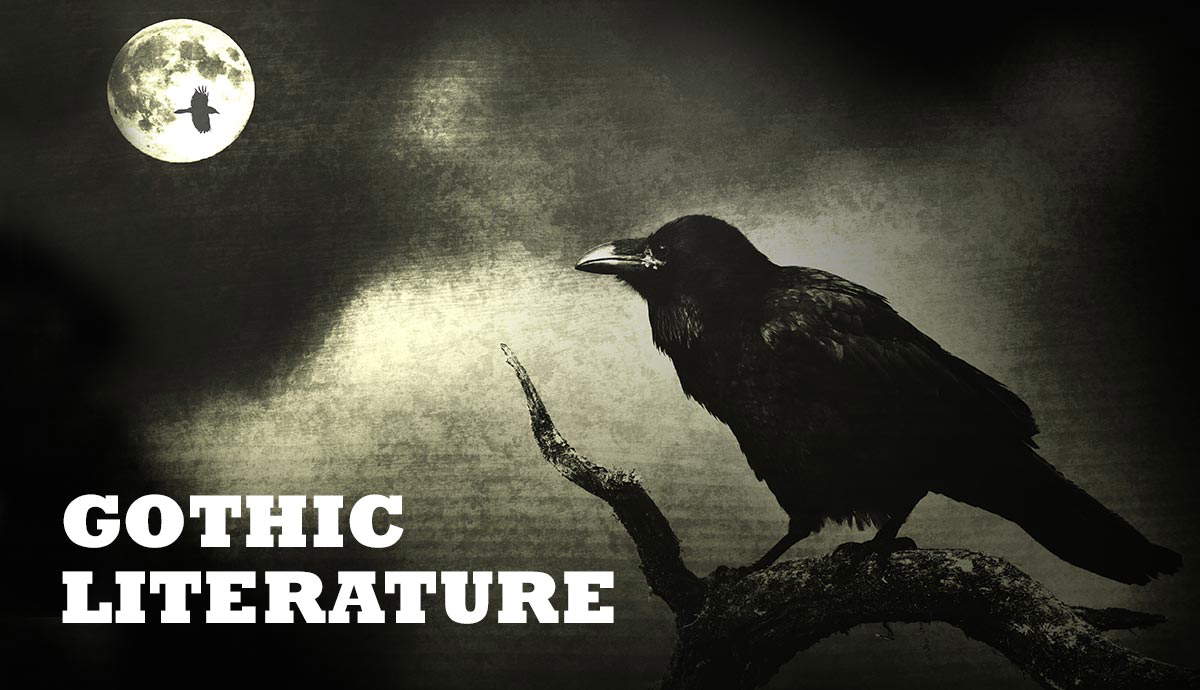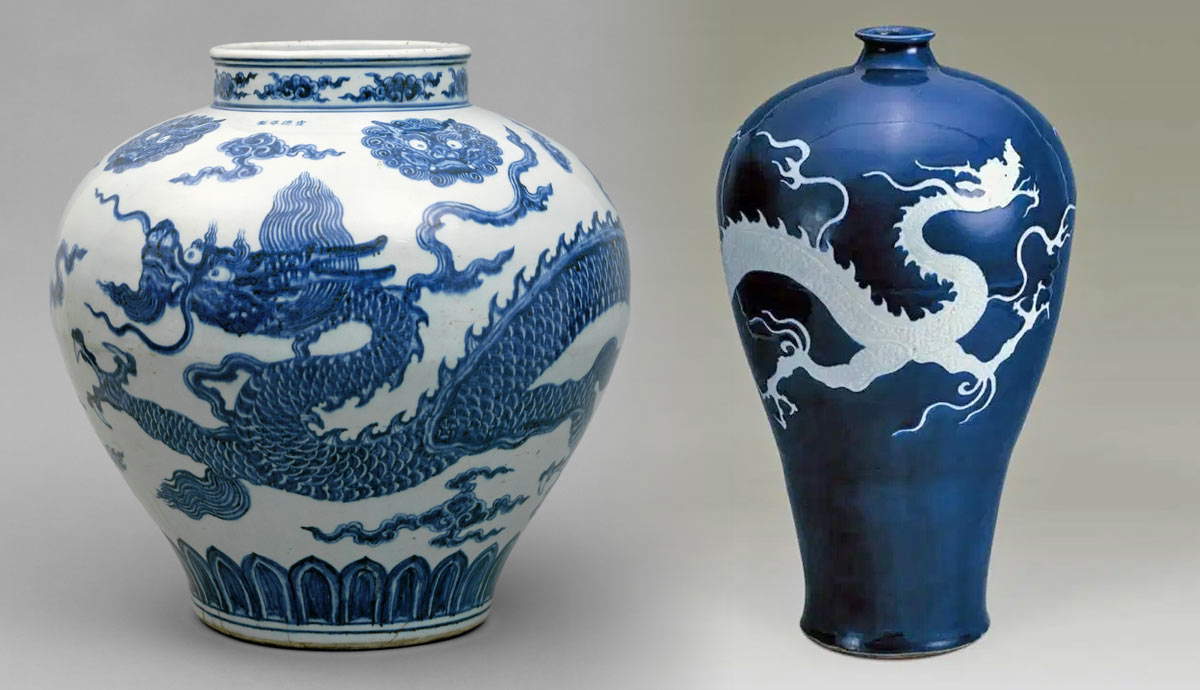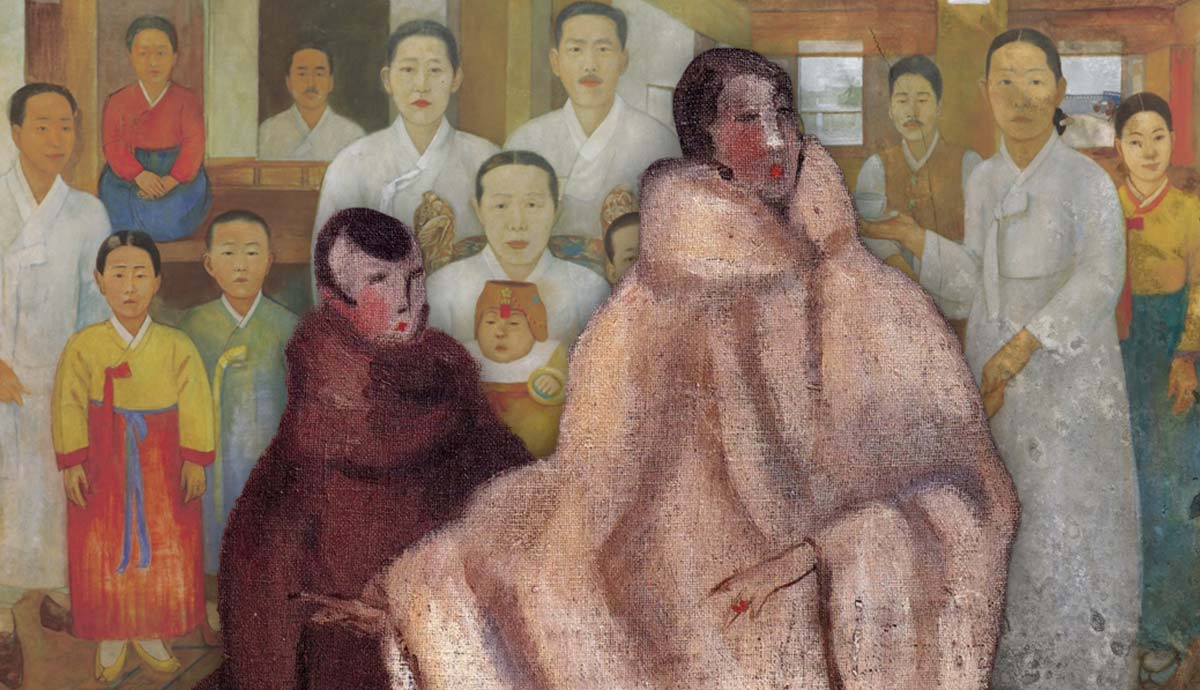
The Japanese Colonial Period (1910-1945) saw the development of Modern Art in Korea according to Western standards, placing importance on European techniques and styles, such as oil painting. Moving beyond the traditional, Korean art made during this time reflects the great changes experienced within Korean society. This period of forced modernization brought shifts that caused Korea to grapple with its cultural identity. The outcome was art that both embraced and resisted the influence of the colonial oppressors.
The Historical Context: Japanese Colonization of Korea

Japan annexed Korea in 1910, ending the centuries-long Joseon Dynasty (1392-1910) and drastically transforming the Korean way of life. The Japan-Korea Treaty of 1905 made Korea a protectorate of Japan, depriving it of its sovereignty. A Japanese governor-general was appointed, superseding the emperor’s rule.
The priority of the colonial powers was to strip Korea of its national identity, so policies of censorship, surveillance, and repression were implemented. Assimilation was the central goal of the government. For example, Japanese was the official language, and speaking Korean was discouraged. Japanese history was taught in schools and many sites of cultural heritage were destroyed.
It is important to note that despite suppression, independence movements still existed. The March 1st Movement is a major example, which saw widespread peaceful protests in 1919. The government brutally suppressed the protests, killing and arresting many of those involved.
Assimilation Through Arts Education

Due to the push for assimilation, Korean artists were expected to study art in a similar way to their Japanese colonizers. Japanese culture was also prioritized and promoted. For these reasons, Korean art students were sent to Japan to study, particularly at the Tokyo School of Fine Arts. The increased control of Japan in the 1930s and 1940s meant that art was progressively used as propaganda to promote the Japanese Empire.
At the time, Japan’s priority was to Westernize many aspects of its identity, including the arts. For this reason, Western painting was taught in Japanese art schools, with artists assimilating Western styles and techniques. Art was categorized as Western versus Oriental, oil or ink. Japanese students were sent to Europe to study painting, returning ready to pass their new methods on to younger students.
Despite the prevalence of Western painting, nihonga, or Japanese painting, emerged in Japan to challenge its hegemony. Nihonga is categorized by its use of traditional Japanese materials such as ink and brushes. It emphasizes simplicity and the natural world. Korean artists also used this technique due to the Japanese influence on the peninsula.
The Female Nude

The study of Western art inevitably meant that artists encountered and painted the female nude, something rarely depicted in Korean art in the past. The Tokyo School of Fine Arts, for example, promoted the French academic style, which involved the study of the female form. In Japan, there was seen to be no differentiation between the artistic nude and the naked body, and the former was thus perceived as immoral and vulgar.
There was a similar sentiment in Korea, too. This could be attributed to the dominance of Confucian values, which emphasized social order. Confucian ethics perceive public displays of nudity as inappropriate and immoral. The social order of society placed emphasis on modesty. Also, as it was a part of Japan’s colonial agenda to transform Korean culture through the imposition of Western elements, Koreans were resistant.
Due to local perceptions of the female nude, upon their return from their studies in Japan, Korean artists who painted it were met with rejection. Ko Hui-Dong (1886-1965), for example, adopted Western styles in his art following his studies at the Tokyo School of Fine Arts. Upon his return to Korea, he was mostly rejected by Koreans and struggled during his early career. The struggles of Ko and artists similar to him highlight the tension between the modern and the traditional in Korea during the Japanese Colonial Period.
Rebellion Through Aesthetics

Despite Japanese dominance and its influence on painting styles, Korean artists found ways to rebel to maintain their cultural heritage as a form of subtle resistance. Some represented everyday scenes, while others utilized calligraphy and traditional painting techniques. Sometimes artists blended Korean motifs with Japanese elements.
Furthermore, Korean motifs were added to works as expressions of nationalism. The magpie is often used in Korean folk art as a symbol of good fortune and happiness. When depicted alongside other animals such as the tiger, it represents harmony and the balance of power. Some artists blended traditional Korean and Western elements to hint at their nationalistic sentiments.
Art schools and exhibitions were also established in Korea, which encouraged the development of modern Korean art. The first established in 1922, was the Gyeongseong School of Fine Arts, which educated students in both traditional Korean and Western art styles. The highly influential Joseon Art Exhibition also played a significant role in the development of Korean art. This government-sponsored exhibition provided a platform for artists to display their work during this time.
The Rise of Women Artists

The Japanese Colonial Period also saw an increase in women artists. These artists broke through the cultural barriers of a mostly conservative and male-dominated society, advocating for more opportunities for women in the arts. They also laid the groundwork for future generations of female artists in Korea.
Na Hye-Sok, for example, is considered one of Korea’s first female, and Western-style, painters. Studying at Tokyo Women’s Art School, she majored in Western-style painting. During her time in Japan, she also joined the feminist movement and continued to pursue this activism upon her return to Korea, often writing and giving lectures on the topic. She exhibited frequently and received much praise for her work. She also received prizes at the Joseon Art Exhibition and in 1921 was the first woman to hold a solo exhibition in Korea.
Another significant female artist is Park Re-Hyun. Park’s work evolved from traditional ink painting into more abstract forms and she was able to merge both Oriental and Western styles of painting. She also exhibited at the Joseon Art Exhibition, debuting there in 1943.
Impact of the Colonial Period on Korean Art

Firstly, and most significantly, despite censorship, Korean artists were able to preserve a Korean cultural identity during this time. Though the Japanese colonial government practiced policies of assimilation, they often stayed true to Korean art forms through either a connection to folk art, traditional symbolism, or technique.
That said, Korean artistic identity certainly did not leave the Colonial Period unscathed by the power exerted by the Japanese. Western artistic styles were introduced and integrated into the art world. The exposure to Western art through Japan influenced artistic practice, including the role of the nude subject, sparking controversy. Despite this, artists continued to be influenced by Western art, with many blending traditional styles to create hybrid works. Western art has continued to influence Korean art until today.
The art of the Japanese Colonial Period in Korea has left a legacy that continues to shape Korean artistic expression. It was a period of transition and resistance that provided the foundation for modern Korean art. The works from this era represent the cultural and historical struggles of the time and continue to be relevant in Korea.
